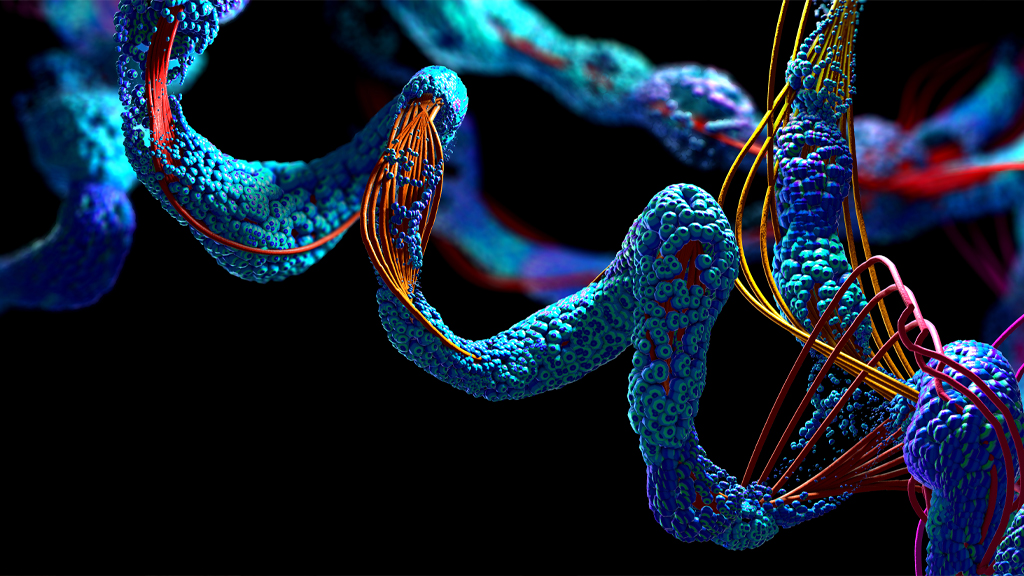Food Allergies Unit
What Exactly are Proteins, and How are the Proteins We Make Different from those We Eat?

Sensemaking Checklist




Lesson Snapshot
High school students, as scientists, investigate proteins to answer the following question: What exactly are proteins, and how are the proteins we make different from those we eat? Students figure out that much of the food we eat contains proteins. Even things we consider carbohydrates, like wheat and other grains, have proteins. Proteins are things that our body needs to maintain homeostasis, and we get them in our food: Even if we are allergic to some proteins, we can consume other proteins. When we eat proteins, our digestive system breaks them into many different amino acids, and when our body makes proteins, our cells are putting together many different amino acids using the information on our genes/DNA.
This is Lesson 3 of the Food Allergies Unit.
Click the Download PDF button above for the complete Lesson Plan.
Materials
Student Materials
Per Student
- Lesson 3 Protein Table
- Proteins Necessary for Human Growth and Homeostasis
- Digestion and Absorption of Proteins Infographic
Per Small Group (2 to 4 students)
- Dietary Protein Metabolism Model Slides
- Dietary Protein Metabolism Model Activity Sheet
- Scissors and tape (or a computer or tablet)
Teacher Materials
- Several pieces of chart paper and chart markers or another space to record student ideas publicly
- Lesson 3 Slides


